This week see’s the launch of a new campaign by Activity Alliance entitled ‘Who Says?’. The campaign focuses on challenging misconceptions around disability sport and inclusion with a new theme to be announced each week over the next month and a half. Barry Horne, Chief Executive for Activity Alliance, explained:
‘Negative experiences should not be allowed to continually shape disabled people’s lives. This campaign aims to replace misconceptions with reality. If we truly want everybody to benefit from being active, then we need to call time on negative perceptions. The positive messages in our campaign provide a fresh and authentic view of the sports world. We are asking you to join us in creating a movement built solidly on equality, freedom and choice’.
At IMAS we carry out education across the country with the national governing bodies of different sports along with a variety of businesses and grassroots sports clubs. We often find that misconceptions are the main barrier that prevent a Mixed Ability (MA) activity from getting started. So, in the spirit of the campaign, we’ve identified a few MA-specific misconceptions that are easily addressed!
‘Who Says’ Mixed Ability sport is only for disabled people?
MA sports involve both disabled and non-disabled players participating together as equals on the same team. Each sport is played to mainstream rules with ‘reasonable adjustments’ made where necessary, rather than larger adaptations. For example, in Rugby Union all playing regulations remain the same including full contact tackling, the only reasonable adjustment is uncontested scrums which is commonplace in social rugby.
‘Who Says’ ‘Mixed Ability is just another way of saying disabled?
Probably one of the most common misconceptions that we face is a segregated, disability-specific activity being labelled as ‘Mixed Ability’ as it is seen as a ‘safe’ term to use instead of ‘disabled’. The term ‘Mixed Ability’ refers to the variety of abilities that are participating, whether they have a disability or not they are a MA player. We strongly believe that the social benefits of sport and specifically MA are fully realised when both disabled and non-disabled participants participate together. In fact, where MA teams are involved, we recommend they play mainstream opposition from local clubs to spread the benefits of the format whilst challenging misconceptions.
‘Who Says’ disabled players have to wear identification when they play Mixed Ability?
For those familiar with MA sports you may be aware of the two slightly different models. In the ‘identification’ model participants will wear an identifying piece of clothing (bib, shorts, scrumhat etc.) that alerts the opposition that the player has a disability or is new to the sport. In the non-identification model these items of identification aren’t used and instead the intensity of the gameplay situation is lowered for the first 10 minutes to ascertain the ability level of the opposition.
At IMAS we are proponents of the ‘non-identification’ model as we believe full inclusion comes from all participants being identified as equal members of a team. That being said, we are very aware that every team is different and there is certainly no ‘one size fits all’ approach! Because of this the ‘International Mixed Ability Rugby Tournament’ (IMART) embraces both models with a 10-minute ‘common sense rule’ at the start of each game whilst also allowing teams to use the chosen form of identification that works for them. Over the previous two IMART’s we have seen this work effectively to safeguard participants even with language barriers and differences in playing experience.
‘Who Says’ disabled people only want to play one sport?
Have you ever heard the phrase, ‘well they already tried sport and didn’t like it’? Remember, it is OK for people to try a specific sport and not like it! The key is that they then have both the support and opportunity to try a different sport and see if it is for them, in the same way anyone else can.
‘Who Says’ non-disabled Mixed Ability players are ‘volunteers’?
Whether disabled or not, all individuals involved in a MA game or activity are active participants. Some people may need more help than others as a result of differences in sporting ability or experience however this is irrespective of any disability. We have seen numerous instances of disabled participants helping non-disabled participants because they have greater sporting experience.
‘Who Says’ you need specialised funding to deliver Mixed Ability?
The beauty of starting a MA team or activity within a sports club is you will most likely already have the equipment! As with any new activity you’ll simply need the core ingredients of an enthusiastic coach and the space to run the activity. For all MA activities sustainability should be a key consideration from the very start, therefore a development plan is recommended.
Overall, we have found that like wider disability sport, there are numerous misconceptions about Mixed Ability. At IMAS we are working to dispel these myths and spread the format so that everyone has the opportunity to get involved. If you have questions about any of these misconceptions or Mixed Ability sports in general, please contact us via: contact@mixedabilitysports.org

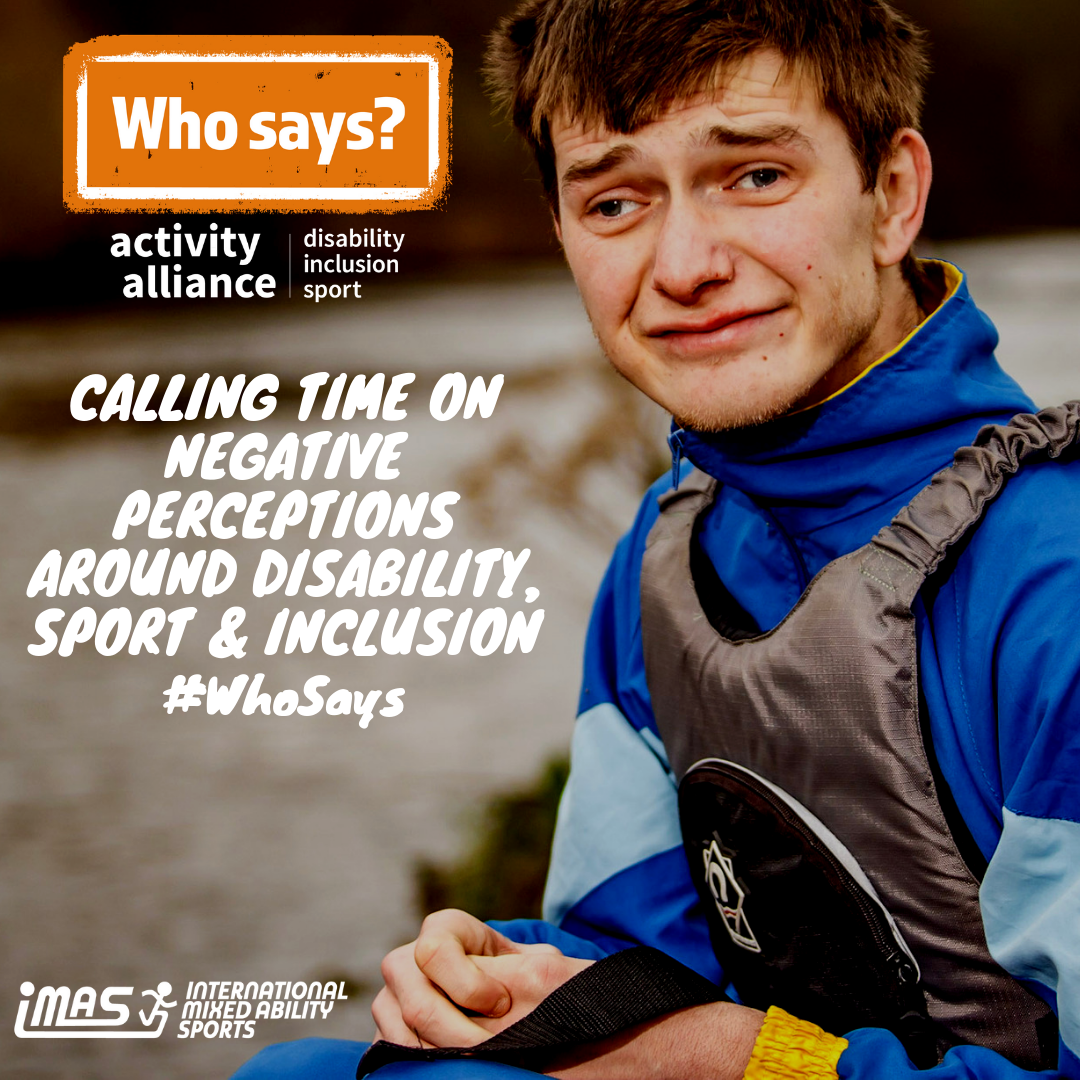

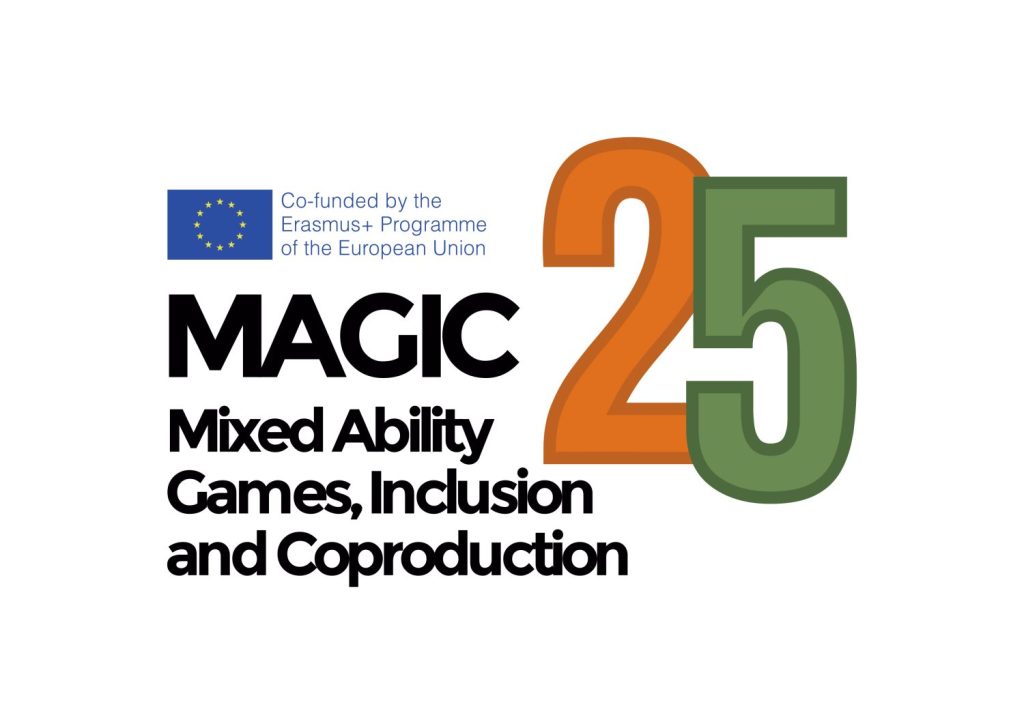
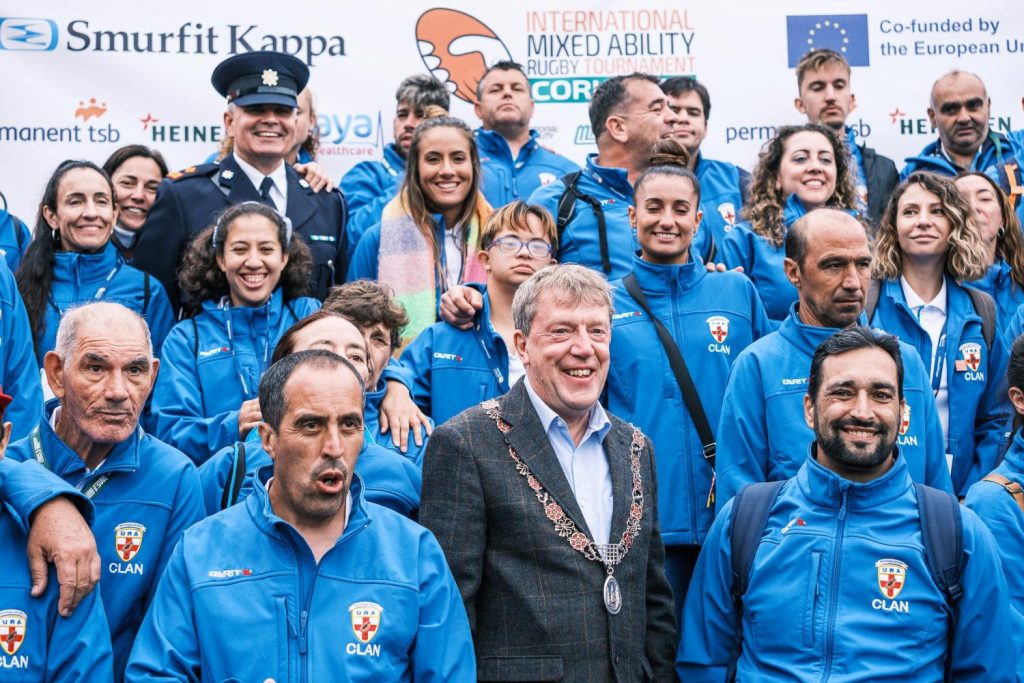
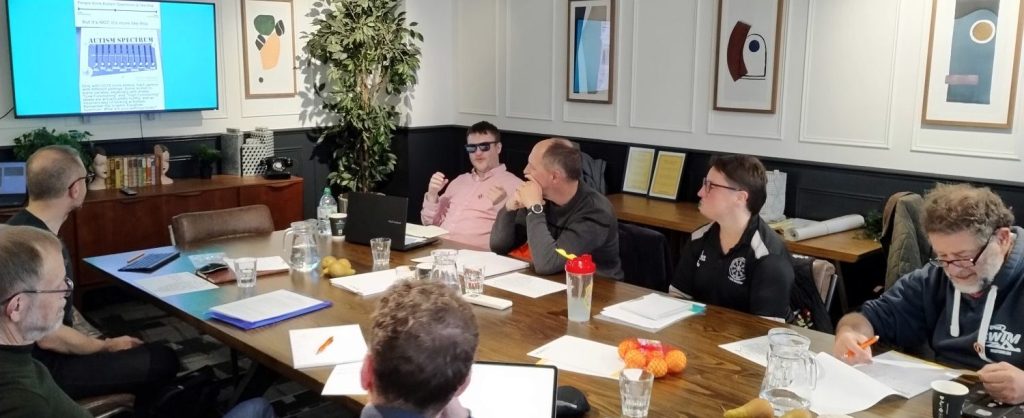
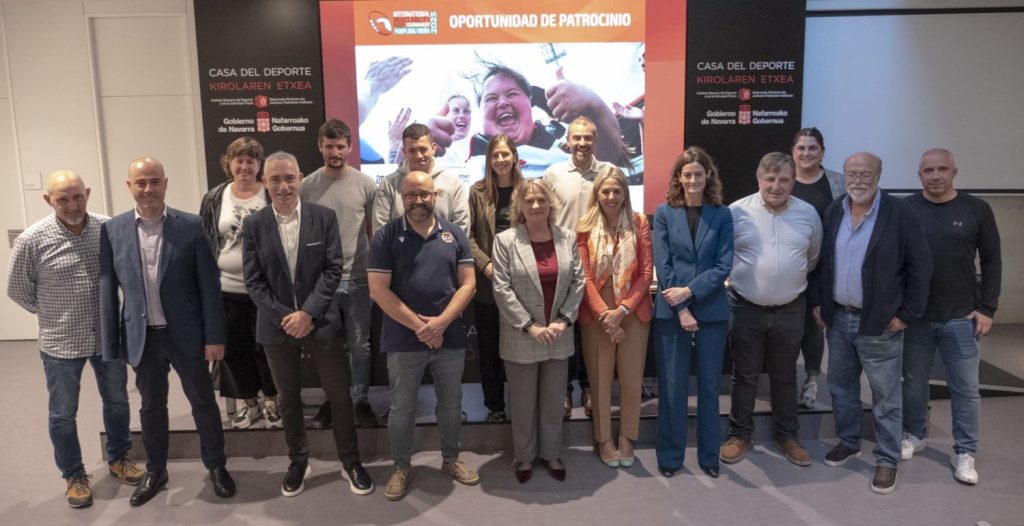
0 Comments